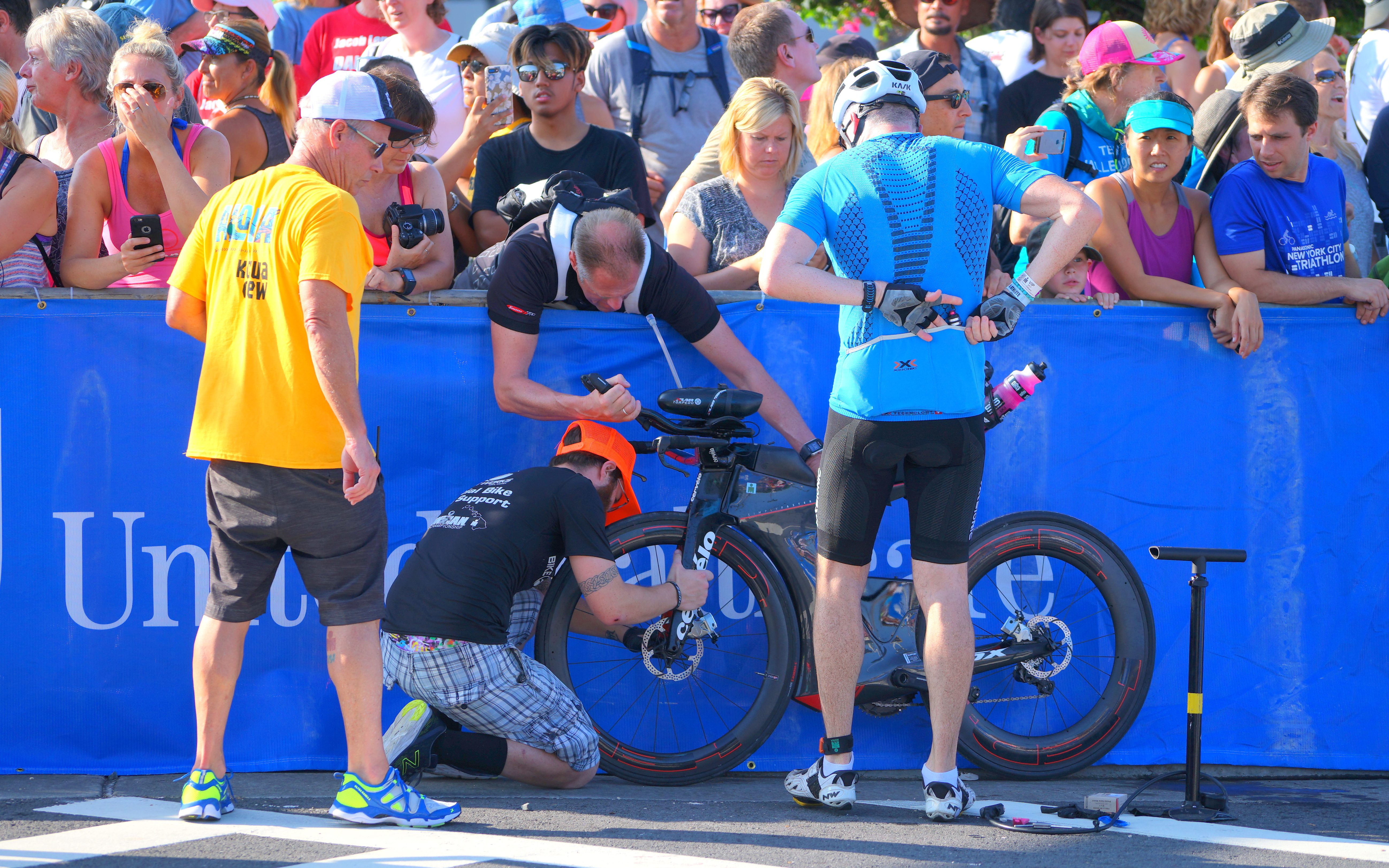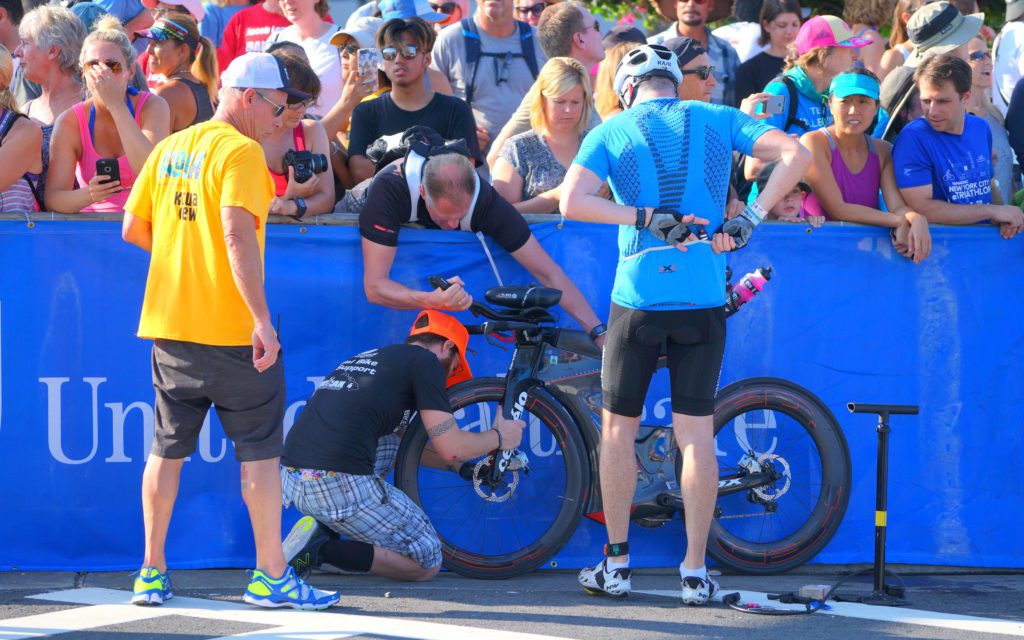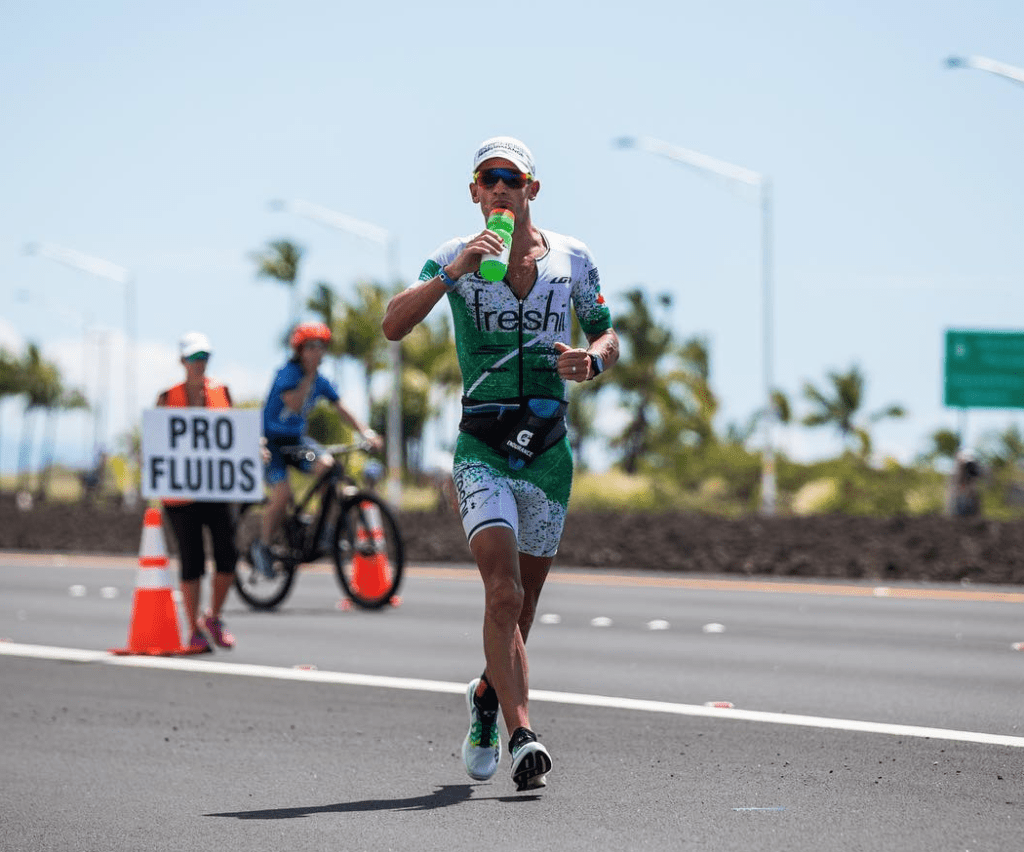Learn to embrace failure
The best athletes in the world bounce back quickly after disappointing races because they have a different perspective on success and failure.

— by Melanie McQuaid
Athletes looking to be their very best are pushing their limits, aiming for the edge of their potential and trying to avoid falling short. This approach means flirting with the razor edge of success or failure. Embracing failure as an indication of current limits, rather than as an audit of ability, allows for more positive reflection on disappointing results.

Bouncing back from a disappointing race, particularly when the race is a key focus of the season is challenging. The best athletes in the world bounce back quickly after disappointing races because they have a different perspective on success and failure. Reflecting on, evaluating and finally moving on from a disappointing outcome is key to continual improvement. The following steps help break down this process.
SET A TIMELINE FOR REFLECTION
Setting a deadline for post-race reflection is the first step. It isn’t unusual for athletes to change how they feel a race went between the immediate days following the event and a week later. Time is necessary to calm emotions before analyzing the performance objectively.
Related: Lionel Sanders talks about a disappointing Kona finish
Setting a timeline ensures that athletes don’t stall in their reflection. Dwelling on a bad performance for too long leads to a spiral of depression and prevents refocusing on the future. A time limit keeps a schedule for reflection, but also sets a time to move on.
Related: Lionel Sanders returns to his winning ways at Indian Wells

Related: Lionel Sanders talks about a disappointing Kona finish
EVALUATE WITH THE TEAM
Evaluating performance is a team effort. Great athletes are accountable, but can be too harsh in blaming themselves for failure without considering all the factors. This limits the learning opportunity. Asking coaches, friends and family what they think contributed to the day offers a variety of perspectives on all of the variables that contributed on the day.
Having an honest conversation with the team offers the widest lens to view the performance and captures as much information as possible. On analysis, there are three types of breakdown in a plan that could lead to disappointment. These include:
Execution failure: This includes mistakes made leading to a disappointing result. Finding flaws in execution helps to fine-tune training and preparation, and is important for athletes and coaches to have objective discussions about improving. Losing focus, not swimming well and going out harder than planned are all examples of execution failures.
Intelligent failure: Experimenting with an aggressive race plan that was ultimately unsuccessful is a failed attempt at pushing limits. This is an intelligence failure, where the plan was executed, but ultimately it was unsuccessful. This is a positive learning opportunity. There was a loss of the race on the day, but in doing so useful information and experience is gained for the future.
Unavoidable failure: This includes uncontrollable factors derailing a performance. These types of factors are disappointing as avoiding something uncontrollable is difficult. Determining whether a factor was unavoidable or was actually an error in preparation is part of the post-race discussion between the athlete and coaching team. Separating “bad luck” from bad preparation is important. Unexpected equipment failure is an example of bad luck. Having the wrong tires for the weather conditions is an example of bad preparation. Truly unavoidable failure is less common than failure due to mistakes in preparation.

Taking stock of all the factors leading to the performance, evaluating with the broadest perspective, and accepting insight from others helps properly close the chapter on the event before moving on.
REFOCUS AND MOVE ON
Failure is a tough and emotional experience. It can chip away at confidence and self-esteem if it isn’t framed in the right context. Viewing failure as a yardstick of current ability and an opportunity to learn is the best approach. This creates motivation to improve and refocuses on the areas for improvement. No failure defines an athlete unless they give up as a result. The final step is to get back to work.
Adversity, setbacks and mistakes are inevitable in sport. The important thing is to foster and build self-belief in spite of failure. Self-belief is the essential element in an athlete that creates resilience, honest self-evaluation, and perseverance. Properly assessing, and moving on from, a bad race builds self-belief. This is how great athletes to continue pushing their limits.
Melanie McQuaid is a three-time Xterra world champion and the 2017 ITU Cross world champion. She lives and coaches in Victoria.
